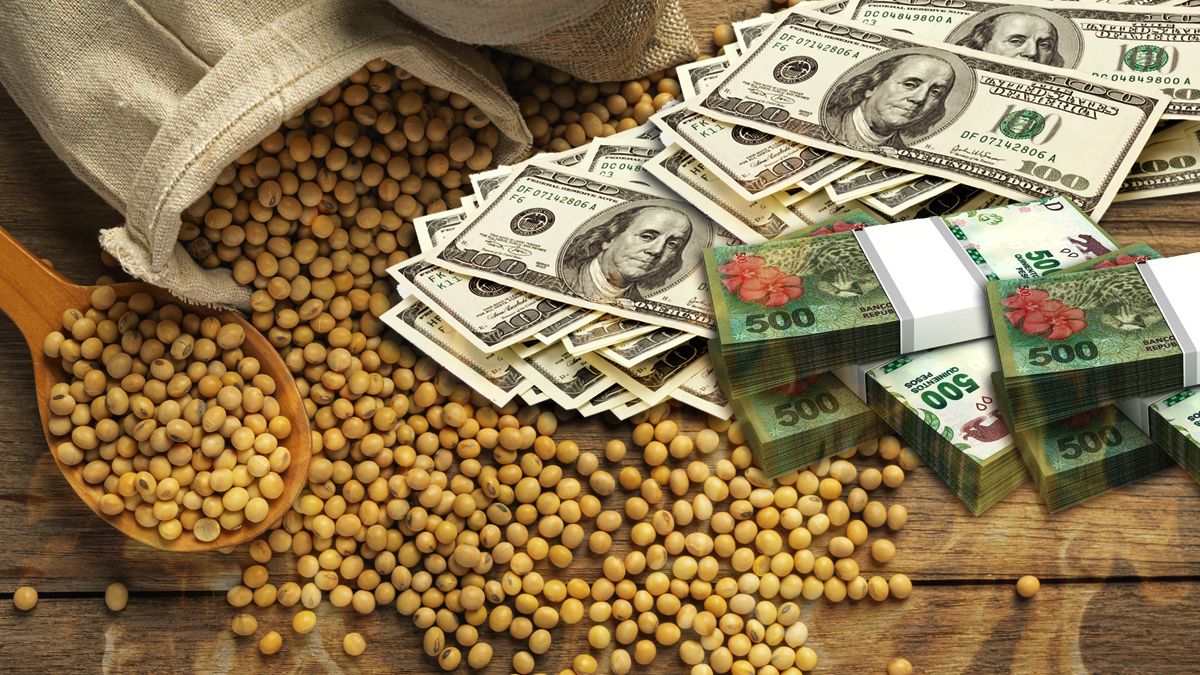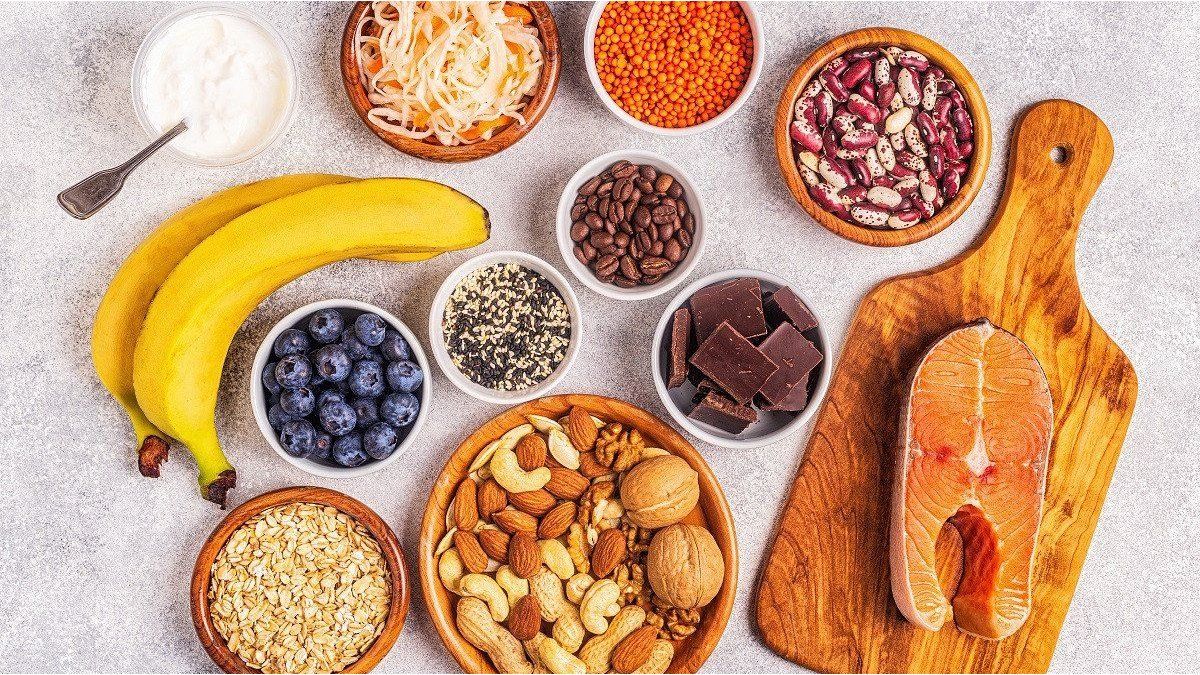“We must even nominally go back to February 2007 to find a level of settlements similar to the current one, although now with accumulated inflation in dollars of 46% and with a price level of agricultural raw materials 89% higher than then. Contemplating an inflow of Special Drawing Rights (DEG) by the IMF for the equivalent of net US$2.760 million in March, of which the BCRA may calculate approximately US$1.640 million as net reserves in order not to breach the agreement with the IMF, it should then also accumulate more than genuine US$2.6 billion in the exchange market in the remainder of February and March. This situation accentuates the probabilities of a ‘soybean dollar III’ or some type of incentive scheme for the liquidation of foreign currency by agriculture that allows the BCRA to circumvent the reserve goal, similar to the objective of the ‘soybean dollar II’. , indicates a report by the consulting firm Invecq Consulting.
At the same time, based on the increasingly strong rumors that the Government would seek the implementation of some type of mechanism to earn foreign currency in the short term, also contemplating that 7.7 million tons of soybeans remain to be sold from last season , representatives of the Soybean Chain Association (ACSOJA) met last week with the Secretary of Agriculture, Juan José Bahillo, and once again rejected any measure of this type. According to the representatives of the sector “since this type of conjunctural and distortive measures do not add up to solutions. You need a real exchange rate and a tax burden in line with the rest of the economy.”
High temperatures
To the deep drought that affects Argentina and will generate a decrease in the income from agricultural exports of at least US$13,000 million in this 2023, the high temperatures that arrived to complicate the state of soybean and corn already implanted. Climate forecasts do not anticipate for the moment significant rainfall that can reverse the situation and that would generate even more cuts in production in the short term and therefore in foreign currency income.
Until last week, the soybean situation was more than worrying, since projections indicated that the campaign would close with a harvest of just 34.5 million tons, which marks the worst figure in the last 15 years. And that is not a minor fact because the oilseed agro-export complex is the one that contributes the most fresh dollars to the local economy, since only during 2022 it represented more than US$22,000 million.
For its part, in corn, a 15% drop in production is already estimated compared to the 50 million tons expected with a normal climate scenario. 7.5 million tons of cereal are considered lost and it is projected that with 42.5 million tons it will be the worst Argentine harvest in the last 5 years.
Source: Ambito




